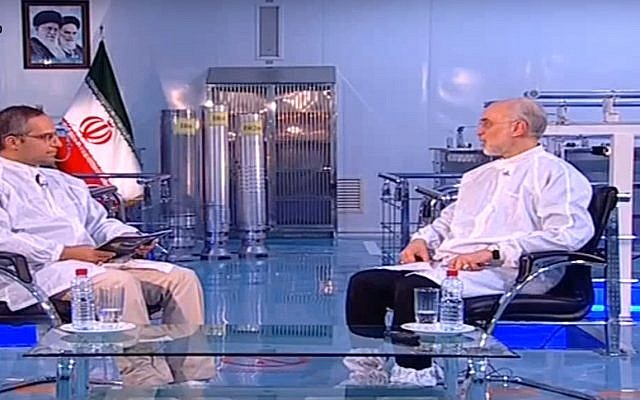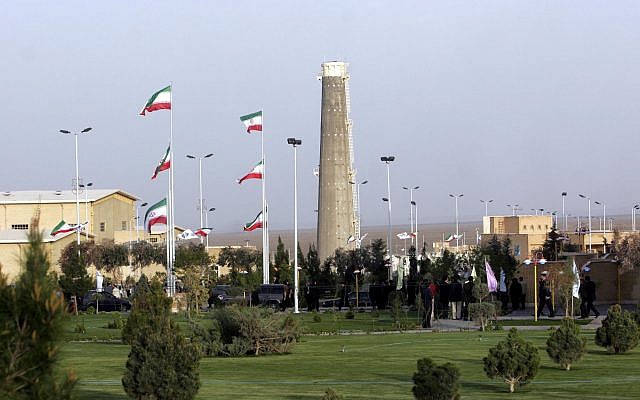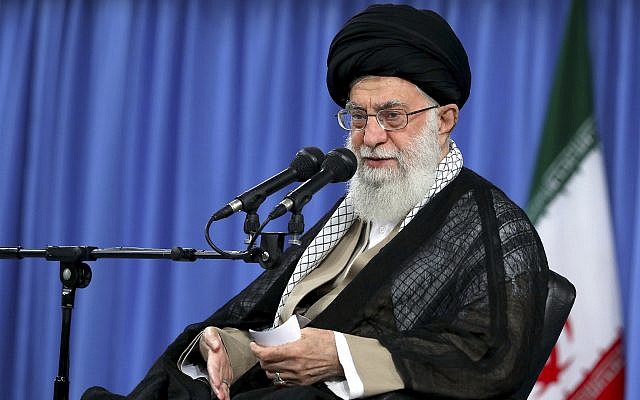Ali Akbar Salehi says Tehran mulling withdrawal from nuclear deal, warns ‘everyone will suffer’ if 2015 accord collapses entirely

Iranian nuclear chief Ali Akbar Salehi told state media on Sunday that a facility to produce advanced centrifuges at the Natanz nuclear plant has been completed.
Salehi, the head of Iran’s Atomic Energy Organization, told the official IRNA news agency that [supreme leader Ayatollah] “Khamenei ordered us to set up and complete a very advanced hall for the construction of modern centrifuges, and this hall has now been fully equipped and set up,” according to Reuters.
Salehi said Khamenei had also instructed to begin development of nuclear-powered ships, and that project would take 10-15 years to complete.
Though he said the nuclear-powered ships and new centrifuges would operate within the limits of the nuclear deal Iran signed with world powers, Salehi warned that Tehran was considering abandoning the accord in the wake of the US withdrawal earlier this year.
Salehi suggested Iran “might… suspend some of the limitations within the nuclear agreement, for example on the volume and level of enrichment.”

“And the final scenario can be a complete exit from the nuclear accord, which I hope will never happen, with the help of [the remaining signatories], because everyone would suffer,” he was quoted as saying.
Under the 2015 deal — which limits Iran’s nuclear program in return for sanctions relief — Tehran is allowed to build and test parts for advanced centrifuges with certain restrictions on quantity.
Following the withdrawal of the United States in May, the other parties — Britain, France, Germany, China, Russia and the EU — have vowed to provide Iran with enough economic benefits to keep the agreement alive.
But Tehran is increasingly skeptical that those countries can counter the effects of renewed US sanctions, which have already battered Iran’s economy.
Iran has repeatedly said it will resume high-level uranium enrichment if the agreement falls apart.

Earlier this month, supreme leader Ayatollah Ali Khamenei said Iran should be ready to “set aside” the agreement if it is no longer in the country’s national interests.
The International Atomic Energy Agency has repeatedly stated that Iran is sticking to its commitments.
The administration of US President Donald Trump says the deal did not prevent Iran from eventually working towards a nuclear weapon — which Tehran has denied it is seeking.
As reported by The Times of Israel
